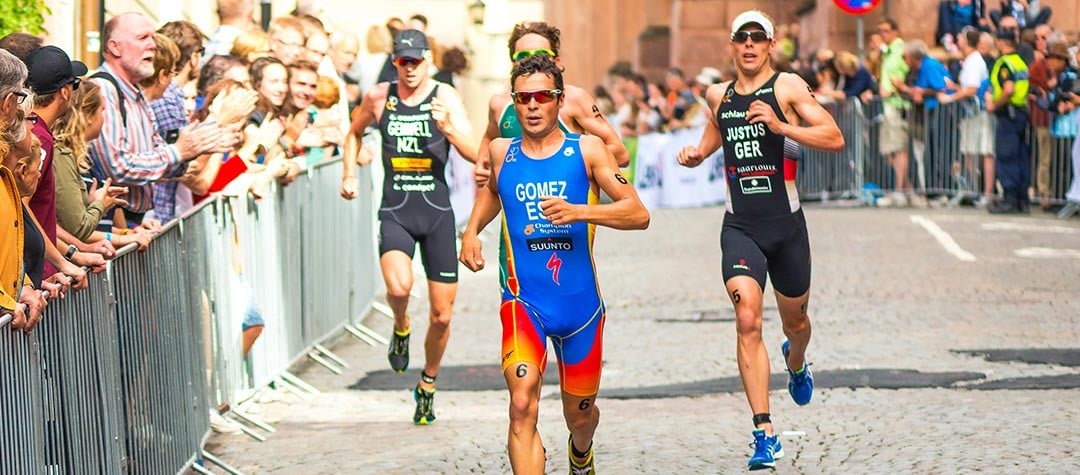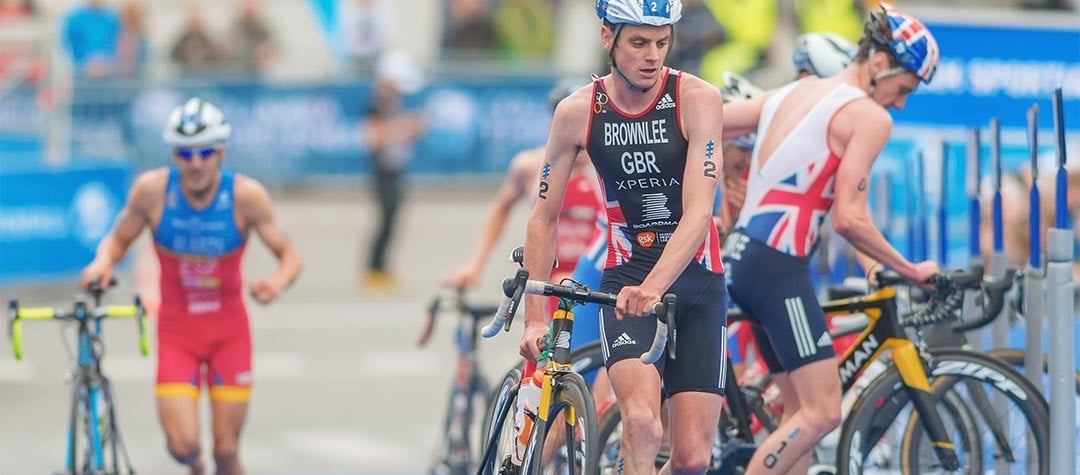Want to improve the swim leg of your triathlon? Will Clarke provides some practical tips to help you get the most out of yourself when you hit the water.
In general the swim leg of a triathlon is that discipline that most participants struggle with the most. Almost everyone taking up the sport can already cycle and run to some extent, but swimming is certainly the hardest and most frustrating of the three sports to conquer, and with most age groupers coming into the sport a bit later in their life it’s likely that they haven’t got the swim leg down yet. That said, it’s a good job that the swim is by far the shortest part of the triathlon so it will be over before you know it.
It’s all in the preparation
If you want to be a good triathlete, there is no hiding from the fact that it’s all in the preparation – you can’t expect to go fast in the race if you haven’t put in the hard yards every day in training, so try to get in the pool as often as your life will allow you. Around 2-3 times a week is a good starting point, with regularity and consistency of your training being a major focus, as unfortunately it’s easy to lose your feel for the water after just a few days rest.
Develop good technique
Water is way denser than air, so efficiency in the water is by far the most important hurdle for you to get over, and it takes a long time to develop good technique . It doesn’t matter how fit and strong you are, if you’re swimming up and down with a bad technique you’re going to go nowhere fast, so it’s worth investing the first few months of your training in solely working on that before you put the long hard main sets on top. This method will get you to where they want to be much faster than if you were to jump in and push hard straight away.
I’d recommend seeking help from a club coach, someone that can monitor your progress and correct your stroke. That said, don’t neglect the speed work in your programme as you come closer to the season, high lactic work will help you push much harder in the race without filling up with lactic acid.
Supplement your swimming with gym work
Triathletes often struggle with the strength in their arms as running and cycling often strips that away from us faster than we can maintain it, so I would always recommend supplementing your swim training with gym work. A strong upper body and a strong core will give you that extra capacity in your swimming, so when you come to the race you’re able to maintain a faster speed without getting so tired.
It’s also worth putting in paddle and pull work into your programme for building up that strength endurance. Try to include this each swim and you’ll find that come race day you’ll have a lot more strength.
Use drafting to your advantage
In general, most triathlons use a mass start to get the race under way, I love it, and think it’s the most iconic and spectacular part of our sport. In Lanzarote Ironman 2500 people, all facing the sunrise, all pile into the sea together ahead of an epic day out.
How you position yourself in that swim start can really increase your chances of having a great swim leg . Drafting is highly beneficial while swimming, almost as much as it is on the bike, so try to start next to a competitor who’s swimming a bit faster than yourself.
Stick as close behind them as possible and if you made a good choice they’ll hopefully suck you along with them to a faster swim time. Of course it makes sense to start as far towards the front as you can so there is less traffic and bodies to get through, but if you’re a less confident swimmer and you would rather not be in the hustle and bustle then stand off to the side where you’re more likely to get some clear water to swim in.
Regular sighting to avoid swimming too far
Finally you don’t want to swim further then you have to in a race so keep an eye on where you’re going by sighting regularly. If you’re good at it you can combine the movement with your stroke so you’re not slowing yourself down too much.
That’s looking up, checking your on course before continuing your stroke all in one fluid movement. Obviously you only have a second or so to see where you’re going and sometimes the turns can be so small that you can barely make it out so search for a landmark that’s in line with the turn like a house on the horizon or a tree, that should be much easier to pick out.














